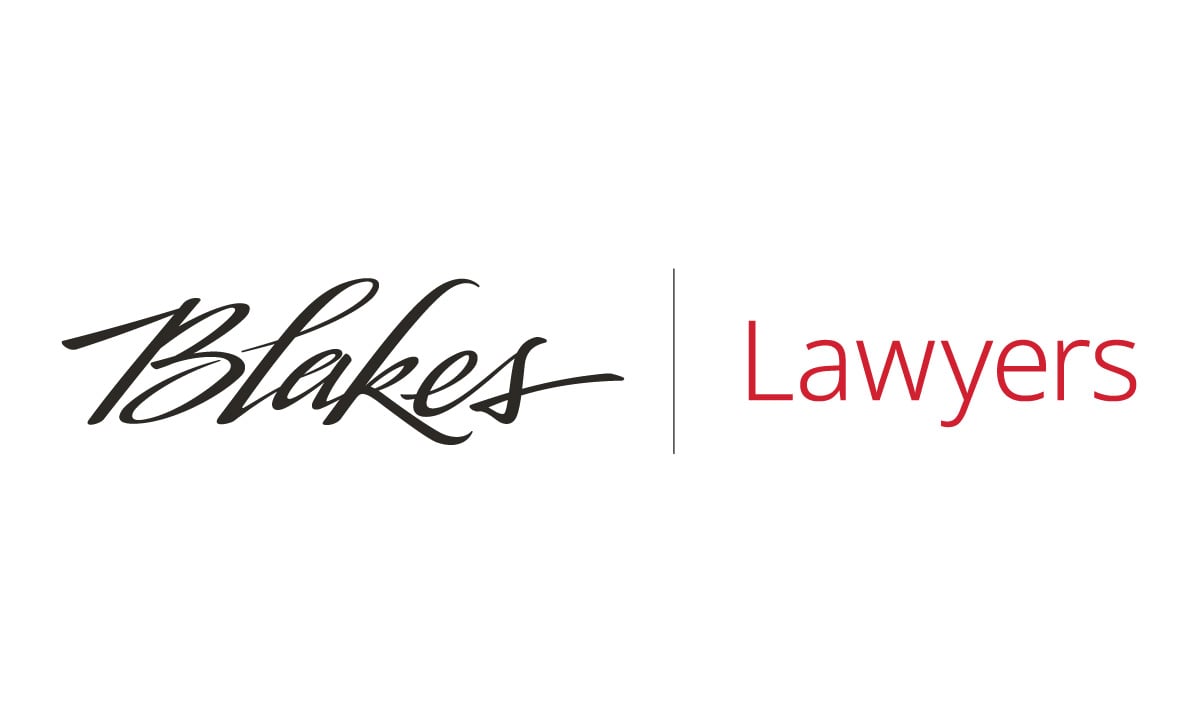Companies often have assets and operations on both sides of the Canada-U.S. border. Where those companies need to undergo insolvency proceedings, there may be flexibility in the selection of venue and cross border recognition proceedings can be a useful tool to maximize value for stakeholders. U.S. practitioners should be aware of how a Canadian court may view certain issues or relief requested. This may assist in the determination of where to commence the main proceeding in respect of a corporation or corporate group that has assets and operations in both Canada and the United States. This article discusses a few key differences between Canadian and U.S. insolvency law and practice that can pose both challenges and opportunities for parties involved in cross border proceedings. It also discusses certain advantages of Canadian main proceedings with recognition under Chapter 15 of the U.S. Bankruptcy Code in appropriate circumstances.[1]
Center of Main Interest
In a cross border recognition proceeding, a Canadian court will decide whether to recognize a foreign proceeding as a foreign main or foreign non-main proceeding through a determination of the centre of main interest ("COMI") of the insolvent corporation. A proceeding will be considered foreign main if its COMI is in the country where the initial foreign proceeding is commenced. For example, when a corporation seeks recognition of a U.S. proceeding in Canada, if the company's COMI is in the U.S., Canada will recognize the U.S. proceeding as a foreign main proceeding. For corporate groups, this exercise must be performed on an entity-by-entity basis.[2] Canadian courts will consider a series of objective factors in making a COMI determination including where the debtor's principal assets and operations are located, and where the management of the debtor is located.[3]
Reverse Vesting Orders
Reverse Vesting Orders ("RVOs") are becoming more common in Canadian proceedings, particularly under the Companies' Creditors Arrangement Act ("CCAA") (Canada), the functional equivalent to Chapter 11 of the U.S. Bankruptcy Code ("Chapter 11"). RVOs are the opposite of a traditional vesting order which conveys assets free and clear of liens and encumbrances. Rather than vesting liabilities off assets that are conveyed in a distressed sale, when an RVO is granted, the liabilities are moved into a shell company or "ResidualCo" allowing a purchaser to acquire shares of the insolvent corporation itself, cleansed of unwanted liabilities. There is currently no equivalent to an RVO under Chapter 11.
Under a traditional vesting order, tax losses cannot be transferred to a purchaser and are thus not utilized in those circumstances. Likewise, in highly regulated industries such as mining or cannabis, certain valuable attributes like licenses and permits cannot be transferred to the purchaser via a traditional vesting order. An RVO can solve issues associated with asset sales as any licenses, permits, and tax losses remain with the cleansed entity whose shares are acquired through the RVO transaction.
Typically, RVOs are critiqued because the same economic and commercial advantages can be realized through a CCAA plan. From a creditor's perspective, a CCAA plan may be preferrable because it requires approval by creditor classes, including unsecured creditors. As inter-class cram down is not a feature of Canadian insolvency law, in the plan context, consideration must be provided to the unsecured class to secure a vote in the requisite majorities. Consideration does not have to be paid to unsecured creditors in the RVO context. This type of criticism has led Canadian courts to more clearly delineate rules associated with the use of RVOs in Canada.
In order to have an RVO approved, parties must be prepared to answer questions such as (i) why an RVO is necessary in the circumstances; (ii) whether the RVO structure produces an economic result at least as favourable as any other viable alternative; (iii) whether any stakeholder is worse off under the RVO structure as opposed to any other viable alternative; and (iv) whether the consideration paid for the debtor's business reflects the importance and value of the licenses or other intangible assets preserved through the RVO structure.[4] Once approved by the Canadian court, a debtor can seek recognition of the RVO in the U.S. proceedings. To date, there is at least two examples where an RVO has been recognized in a U.S. (Chapter 15) proceeding.[5]
Third Party Releases
Parties trying to settle multi-party litigation, such as mass tort litigation, may turn to insolvency proceedings to affect a global settlement. Principals or others in controlling positions of the defendant corporation will frequently seek to be released from any claims that may be advanced against them in such global settlement. In the United States, attempts have been made to stifle third party releases, most recently through a bill that was introduced in the U.S. Congress but never passed.[6] Availability of third party releases under the U.S. Bankruptcy Code is also the subject of litigation in Purdue Pharma, which was argued before the Supreme Court of the United States on December 4, 2023.[7]
Third party releases are typically permitted in Canada under the CCAA if they are sufficiently connected to the proposed restructuring to warrant their inclusion, and third party releases granted by Canadian Courts have been recognized by U.S. courts in Chapter 15 proceedings.[8] In Muscletech and Metcalfe, both Canadian foreign main proceedings recognized under Chapter 15, once the third party releases were granted by Canadian courts, the debtors sought recognition of the Canadian order in the U.S. which recognition was granted. Whether such releases would be recognised and given effect to if the U.S. Supreme Court rules against Purdue Pharma remains to be seen. Currently, however, there is clear precedent in support of such recognition. Third party releases are also available through non-insolvency legislation providing for corporate plans of arrangement in Canada, in appropriate circumstances.
Litigation Funding
Residual value of an insolvent corporation may be extracted through the pursuit of pending litigation. The cost of litigation has led many to pursue external litigation funding. Initially, the use of this source of funds created concern in Canada and the United States because of the potential for litigation funding agreements ("LFAs") to offend the common law doctrines of champerty and maintenance. Maintenance arises when an individual intermeddles in a lawsuit in which they do not have a genuine interest, and champerty arises where the intermeddling occurs by virtue of an agreement, such as an agreement to support the action.
Despite these concerns, in Canada, LFAs are now more widely utilized. In 2020, the Supreme Court of Canada decided that for an LFA to be approved, the court must consider whether it is fair and appropriate, having regard to the CCAA's remedial objectives and criteria under section 11.2(4). [9] Later decisions emphasize the need to consider remedial objectives and indicate that LFAs will not be granted lightly in Canada, but, there is nonetheless strong judicial support, at the highest level, for their use in appropriate circumstances.[10]
LFAs are also frequently used in the United States. While LFAs are often allowed, the common law doctrines of champerty and maintenance may restrict their use depending on the state in which the proceeding is brought. Overall, U.S. courts seem to "recognize the need for third party financing to protect and maximize estate value."[11] However, U.S. Bankruptcy Court approval may be required depending on the circumstance and an LFA may be denied if contrary to public interest.
Director and Officer Liability
American directors and officers should be cognizant of potential liability to which they may be exposed if they are directors or officers of Canadian incorporated businesses. Generally speaking there are two categories of potential liability: liabilities related to fiduciary duty and statutory liabilities. With respect to fiduciary duty, there is no shifting duty of directors from shareholder to creditors, when a company becomes insolvent or enters the zone of insolvency. Directors owe a fiduciary duty to the corporation and its stakeholders as a whole, which includes both shareholders and creditors; however, as a company approaches insolvency the interests of creditors become more pronounced.[12] As is the case in the United States, a court will not lightly replace the business judgment of a director. The standard is not one of correctness in determining liability, but reasonableness in light of all the relevant circumstances.
With respect to statutory liabilities, there are certain obligations of the company that, if not paid by the company, can become personal liabilities of directors. The most common of such potential liabilities include accrued but unpaid wages and vacation pay, deducted but unremitted amounts from employee wages (i.e. payroll taxes) and unremitted pension contributions.[13] One form of protection for directors that is available in Canada is a directors' charge; a form of court-ordered, super priority charge to secure the company’s indemnity in favour of directors in restructuring proceedings. This charge is intended to protect directors and officers of an insolvent company who continue their positions through the company's restructuring proceedings from such statutory liabilities that may arise after the filing date. A directors' charge is common in Canada to the extent that insurance coverage may be insufficient or difficult to access for directors.
Even in the absence of a plan, Canadian courts have granted releases to directors at the conclusion of an insolvency proceeding. This typically follows a claims process whereby potential claims against directors are solicited. Such relief is not commonly granted in the United States in the absence of a reorganization plan.
Directors should also be aware that statutory liability of directors for wages is not uniform across Canada. It cannot be assumed that the laws of one province or territory will translate to another province or territory. The extent of a director's statutory liability depends on the jurisdiction of the company's incorporation and the province or provinces in which the company does business. As such, directors and officers should take note of the jurisdiction or jurisdictions that apply to their company and seek advice in respect of potential liabilities in advance of an insolvency filing.
Regard for unique differences
As discussed above, cross border recognition proceedings can be a useful tool for corporations or corporate groups that have assets and operations on both sides of the Canada-U.S. border. While there are many similarities between Canadian and U.S. insolvency laws and proceedings, practitioners should have regard to certain unique differences in planning for a cross border proceeding to ensure maximum flexibility for their clients.
***
 Kelly J. Bourassa is head of the Blakes Restructuring & Insolvency group in Calgary. She leads significant mandates spanning diverse industries, navigates both in-court and out-of-court matters, and addresses challenges in both domestic and cross-border mandates.
Kelly J. Bourassa is head of the Blakes Restructuring & Insolvency group in Calgary. She leads significant mandates spanning diverse industries, navigates both in-court and out-of-court matters, and addresses challenges in both domestic and cross-border mandates.
***
 Linc Rogers is a Partner at Blake, Cassels & Graydon LLP in Toronto. He acts as a lead advisor to key stakeholders in some of Canada's most complex domestic and cross-border restructurings, distressed acquisitions and distressed financings.
Linc Rogers is a Partner at Blake, Cassels & Graydon LLP in Toronto. He acts as a lead advisor to key stakeholders in some of Canada's most complex domestic and cross-border restructurings, distressed acquisitions and distressed financings.
***
 Jessica MacKinnon is an Associate at Blake, Cassels & Graydon LLP in Calgary. Her practice focuses on restructuring, insolvency, debt financing and corporate finance.
Jessica MacKinnon is an Associate at Blake, Cassels & Graydon LLP in Calgary. Her practice focuses on restructuring, insolvency, debt financing and corporate finance.
[1] Bankruptcy Code, Chapter 15, 11 U.S.C.S. §§ 101–1532.
[2] Lightsquared LP (Re), 2012 ONSC 2994 at para 29.
[3] In The Matter of Voyager Digital Ltd., 2022 ONSC 4553.
[4] Harte Gold Corp. (Re), 2022 ONSC 653 at para 38.
[5] See Just Energy, recognized by the Bankruptcy Court for the Southern District of Texas, Houston Division; Nextpoint, recognized by the Bankruptcy Court for the District of Delaware.
[6] U.S., Bill HR 4777, Nondebtor Release Prohibition Act of 2021, 117th Cong, 2021.
[7] Purdue Pharma, L.P. et al v. City of Grande Prairie et al. (In re Purdue Pharma L.P.), No. 22-110, 2023 WL 3700458 (2d Cir. May 30, 2023)
[8] See Muscletech Research & Development. Inc., Re (2007), 30 C.B.R. (5th) 59 and In re Metcalfe & Mansfield Alt. Invs., 421 B.R. 685, 696 (Bankr. S.D.N.Y. 2010)
[9] 9354-9185 Quebec Inc. v Callidus Capital Corp. 2020 SCC 10 ("Bluberi").
[10] Goldenkey Oil Inc (Re), 2023 ABKB 263; Restructuration de Fortress Global Enterprises Inc., 2021 QCCS 5366.
[11] Practical Law United States, "Litigation Financing in Bankruptcy", online: Thomson Reuters Practical Law <https://ca.practicallaw.thomsonreuters.com/w-034-7534>.
[12] See Peoples Department Stores Inc. (Trustee of) v Wise, 2004 SCC 68 at paras 46-50; BCE Inc. v. 1976 Debentureholders, 2008 SCC 69 at paras 132-133.
[13] There are certain technical differences related to director liability from province to province.





